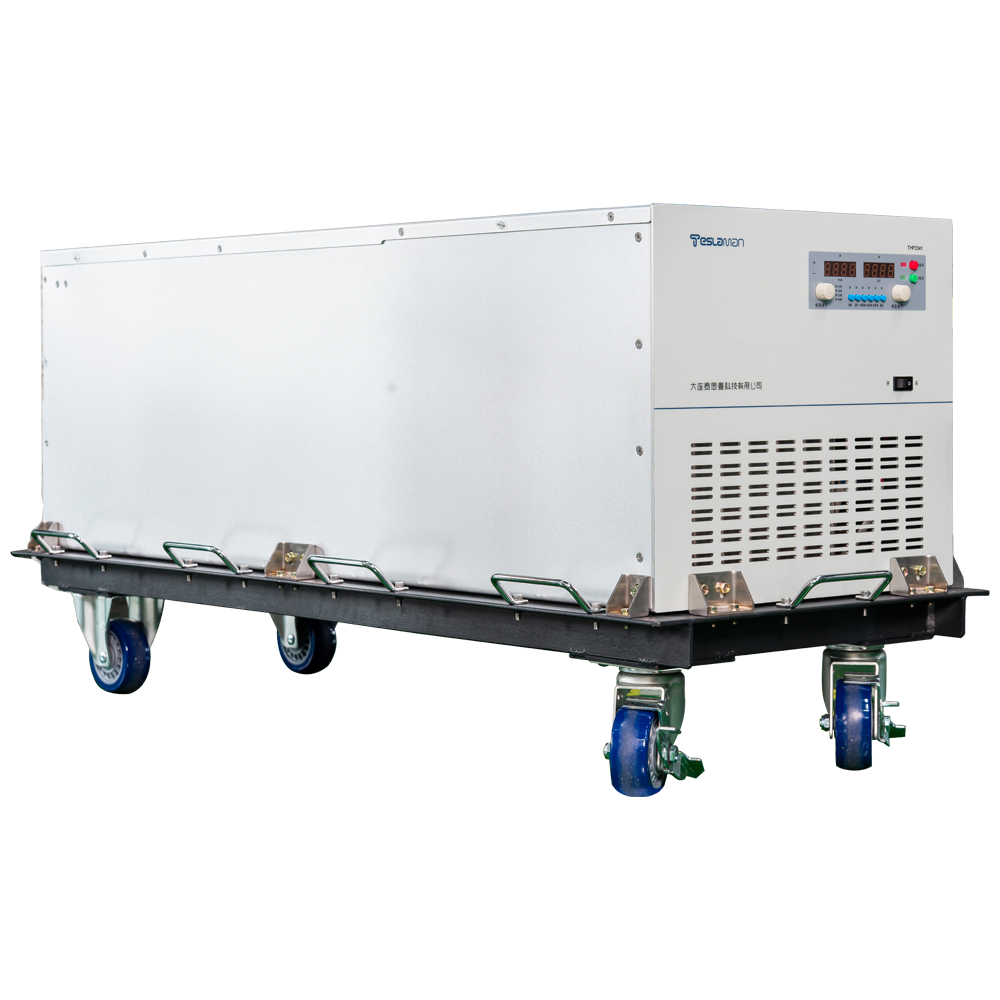The Key Role and Technical Requirements of High Voltage Generators in Magnetic Resonance Imaging
Magnetic Resonance Imaging (MRI), as an advanced medical imaging technique, is based on the magnetic behavior of atomic nuclei in an external magnetic field. In this process, high voltage generators serve as one of the core components, providing stable and precise high-voltage outputs for MRI systems, ensuring the accuracy and reliability of experiments. This article will explore the key role and technical requirements of high voltage generators in magnetic resonance imaging from a professional perspective.
I. The Key Role of High Voltage Generators
1. Provide stable high-voltage output: In the MRI system, radio frequency (RF) coils generate RF pulses that require high voltage generators to provide energy. These pulses are used to excite atomic nuclei, causing them to reach a resonant state and thus generate signals that can be used for imaging. Therefore, high voltage generators must be able to provide stable and continuous high-voltage outputs to ensure that the shape and amplitude of the RF pulses meet the preset requirements.
2. Precisely control output voltage: In order to obtain high-quality MRI images, it is necessary to precisely control the amplitude of the RF pulses. High voltage generators should have good voltage control accuracy, capable of adjusting the output voltage according to system needs, thereby achieving precise control of RF pulses.
3. Protect the safety of the MRI system: High voltage generators may encounter overcurrent, overvoltage, and other abnormal situations during operation. To protect the safety of the MRI system, high voltage generators should be equipped with comprehensive safety protection functions, such as overload protection, short circuit protection, etc., to ensure that they can timely cut off the power supply in case of abnormalities and avoid damage to the system.
II. Technical Requirements
1. High reliability: Since MRI systems occupy an irreplaceable position in medical diagnosis, high voltage generators must have high reliability. This means that the power supply should maintain stable performance over a long period of operation, reduce the failure rate, and minimize maintenance times.
2. High efficiency: In order to improve the overall performance of the MRI system, high voltage generators should have a high conversion efficiency. Efficient power supplies can reduce energy consumption and heat dissipation issues, thereby improving the stability of system operation.
3. Low noise: In the MRI system, any noise may affect image quality. Therefore, high voltage generators should be designed as low-noise as possible to reduce interference with MRI signals.
4. Modular design: With the continuous development of MRI technology, the demand for high voltage generators is also changing. To meet future upgrade and expansion needs, high voltage generators should adopt modular design, facilitating replacement and maintenance.
5. Easy monitoring and debugging: In order to facilitate operators to monitor and debug high voltage generators, power supplies should have an intuitive user interface and perfect communication interfaces. In this way, operators can easily obtain power supply status information and quickly locate and solve problems.
In summary, high voltage generators play a crucial role in magnetic resonance imaging. To meet the high demands of MRI systems for high voltage generators, researchers need to continuously optimize power supply design, improve its reliability, efficiency, low noise, and other performance indicators, to meet the growing clinical needs.




















